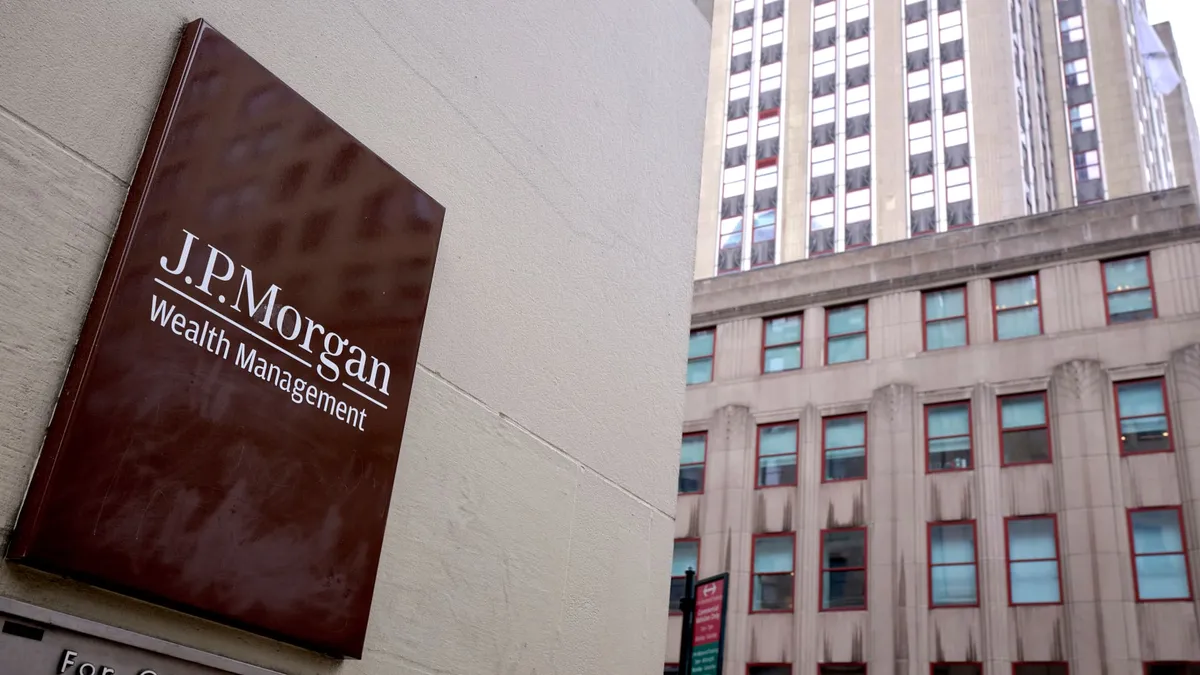
As the deadline for U.S. President Donald Trump's updated tariffs approaches on August 1, investors seem largely unfazed by the impending changes. In the week leading up to this crucial date, the financial markets displayed a mix of resilience and caution. While the Dow Jones Industrial Average experienced a slight dip, both the S&P 500 and the Nasdaq Composite showed positive movements, rising by 0.6% and 1.5% respectively. This suggests that investors are weighing the potential impacts of the tariffs against the backdrop of a stronger earnings season.
Despite reports indicating that Trump is considering a minimum tariff of 15%-20% on the European Union, the markets largely held their ground. This proposed tariff is notably higher than the previously discussed 10% baseline tariff that Trump had initially suggested but remains lower than the 30% tariffs mentioned in his letter dated July 12. The markets closed mostly unchanged last Friday, signaling a degree of confidence among investors despite the tariff threats looming over the EU.
One of the key factors contributing to the current market stability has been the optimistic start to the earnings season. Data from FactSet indicates that approximately 83% of S&P 500 companies that have reported earnings thus far have exceeded expectations. Notably, major banks like JPMorgan Chase and Goldman Sachs have posted impressive earnings, which have been seen as indicators of broader economic health. As attention shifts toward upcoming earnings reports from Big Tech companies, investor sentiment may continue to strengthen if these results surpass expectations.
Commerce Secretary Howard Lutnick has confirmed that the tariffs are set to take effect next month but has left the door open for ongoing trade negotiations beyond the August 1 deadline. This indicates that while tariffs are imminent, there may still be opportunities for dialogue between the U.S. and the EU. Reports from the Financial Times have suggested that the EU was seeking a trade agreement akin to the one established with the U.K., which adds another layer to the ongoing discussions.
As the deadline approaches, all eyes are on the forthcoming earnings reports from major tech companies. Alphabet and Tesla are scheduled to announce their second-quarter financial results on Wednesday. If these companies outperform market expectations, it could provide a significant boost to investor confidence and potentially ease some concerns related to trade tensions.
The impending tariffs have raised alarm among European exporters, particularly those in the food and beverage sector. For example, June O'Connell's business, Skellig Six18, located on Ireland's rugged west coast, produces gin and whiskey. With plans to launch in the U.S. market, O'Connell recognizes the risk posed by potential tariffs on their products, which could hinder their entry into a market with a strong appetite for premium Irish spirits. As the political landscape evolves, the uncertainty surrounding tariffs continues to impact businesses on both sides of the Atlantic.
In conclusion, while the August 1 deadline for new tariffs looms large, the current market dynamics suggest a cautious optimism among investors. The interplay between earnings performance and trade negotiations will be critical in shaping market reactions in the coming weeks.